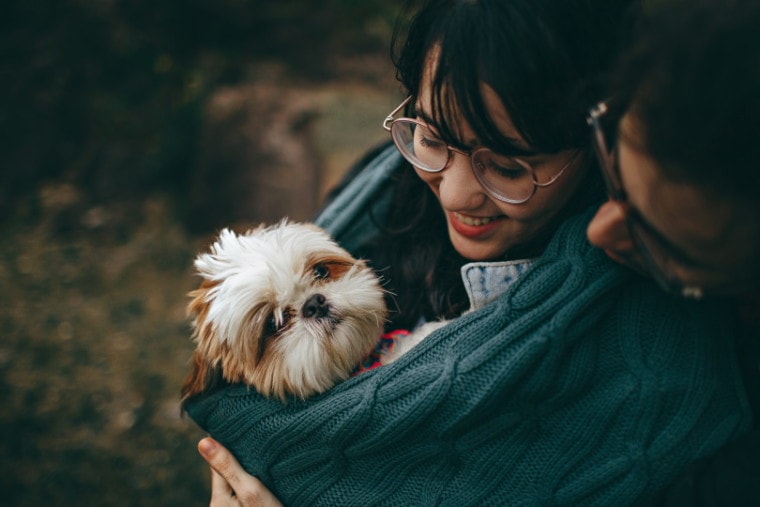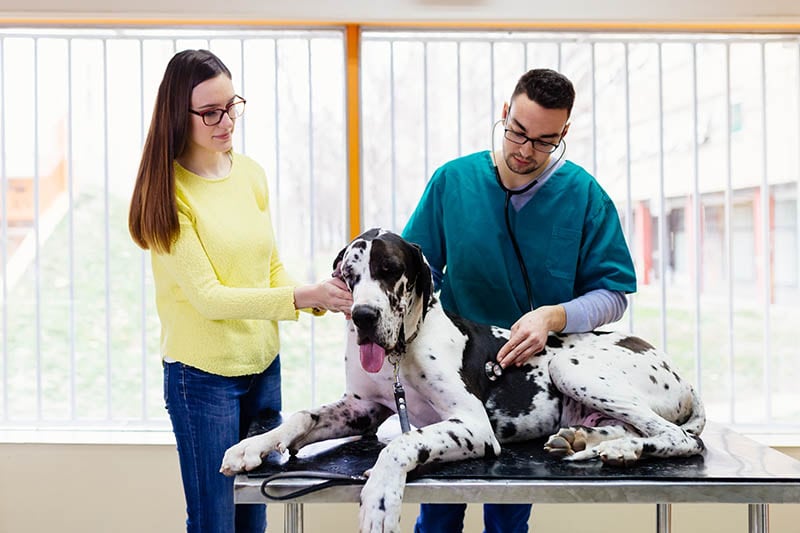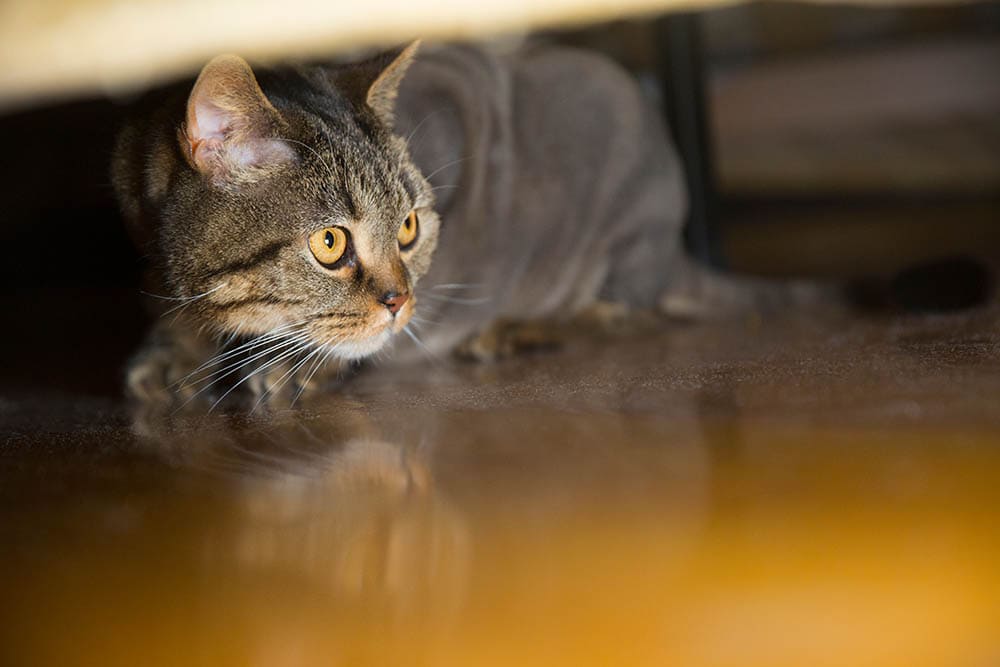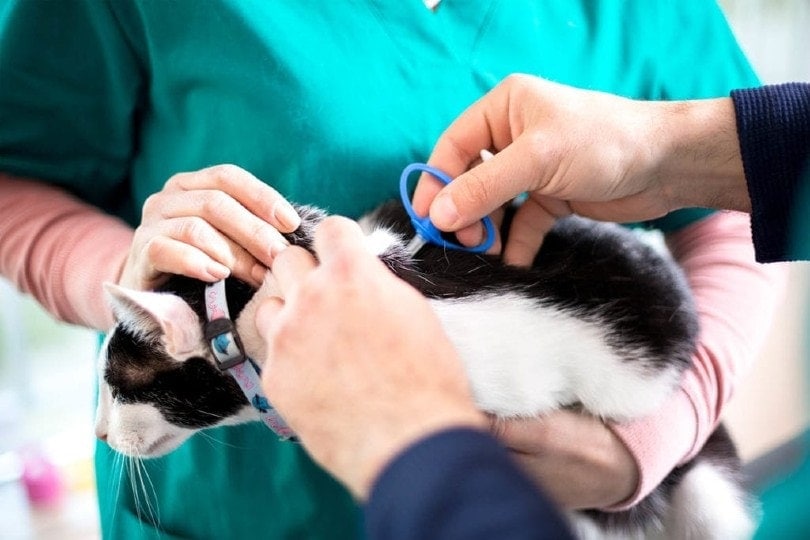
Bringing a furry friend home comes with lots of joys and responsibilities. If you have never had a pet, you must research everything about the cat or dog breed you plan to adopt. This will help you understand your pet’s needs, including their feeding habits, grooming needs, and mental and physical stimulation.
Keeping a pet happy helps make them quickly comfortable with a new family. Most pets rely entirely on their owners and need 24/7 attention. Of course, this includes more than just playing and cuddling.
So, if you are willing to commit to the pet parent journey, you are at the right place. We will help you learn 14 vital tips to keep your dog or cat happy and healthy for many years. Let’s begin!
The 14 Tips for a First-Time Cat or Dog Owners
1. Research the Breed
The most important thing when adopting a dog is to ensure it’s the right fit in your life. You’ll have to look at things in the long run for your family and the pet. Start by considering the laws in your area, as some neighborhoods have pet restrictions.
While you can research dog breeds on your own, you can consult shelter staff to find the breed that suits your lifestyle. These professionals know everything about dogs and cats to help you find the best match.
Another thing to consider is how you like to spend your leisure time. If you love swimming, hiking, or performing any activity requiring effort, you shouldn’t opt for a pug, bulldog, or any brachycephalic breed (small nose and flat head). That’s because they can’t breathe faster and are unsuitable to heat.
You should also research what pet size will be the ideal choice for your family. If you have smaller pets and kids at home, larger breeds can knock them over quickly. So, go for the medium or small-sized breed.

2. Stay Committed
Owning a pet means getting a friend for up to 15 years. Many cats and dog breeds have longer lifespans than other pets. So, you must ensure you’re ready to make a lifelong commitment to care for your pet.
This includes providing sufficient exercise, proper nutrition, and physical interaction to keep them happy and healthy. Whether you adopt a cat or dog, you will also have to take them to a professional vet for regular checkups and train them for socialization.
Being a pet owner, you also take responsibility for your new family member’s actions in your community. This includes keeping them well-behaved and out of trouble and following local laws regarding pet ownership.
Lastly, you should also license your pet and get them mandatory vacations per the regulations. If you’re ready for all these responsibilities, you’ll become a great first-time pet owner!
3. Be Prepared to Train Your Pet
Some pet breeds can be stubborn and resistant during training. This means you might struggle in shaping their personality to your home’s environment. All pets need early training to adapt to new surroundings, family members, and the house.
Some kittens or puppies require extensive training to stay well-mannered, while some are fine with short sessions. So, you must consider whether you’re ready to train your pet according to its needs. This includes potty training, crate training, etc.
Remember to be gentle with your pet, as this is the key to making them comfortable with you. When they’re relaxed, they are more likely to pick up things.

4. Estimate Your Budget
Pet ownership comes with a lot of costs involved. You will have to pay for their quality food, grooming, vet checkups, vaccinations, toys, and treats. These are just the basics you have to take care of.
Some puppies also want socialization with other pets and regular exercise to stay happy. If you don’t have time for this, you will hire a professional, meaning additional costs. Consider all these things and develop a monthly or annual budget before you adopt the new pooch.
5. Search for a Vet
Finding and consulting a vet is crucial when owning a pet for the first time. You’ll need to visit a vet even after the adoption. They will guide you through everything related to your pet’s health, including their vaccination schedule, flea and tick prevention tips, suitable types of food, and mental stimulation needs.
Make sure to search thoroughly in your area to find the best vet for your dog or cat. A professional vet will not only take you into confidence but also make your pet comfortable enough to trust.

6. Prepare Your House
You must also prepare your house for your pet’s safety. Remove all harmful items from the inside and outside of your home. Then, buy essential things for your dog or cat, such as toys, a collar, a leash, bowls, and a crate to potty train them.
Stay in touch with the shelter staff or breeder from whom you’re adopting the pet. They will guide you about what you’ll need to make your furry friend comfortable in their new home.
7. Be Patient
Patience is critical when becoming a first-time pet owner. Pets need many days or months to adjust to a new environment and may even show unusual behavior during this period. For instance, they may try to hide from you, refuse to eat, or hesitate to socialize.
If you’ve adopted a dog from a shelter, they’re more likely to be in stress. As their new parent, you must be patient with them and give them time and space to relax. The adjustment period usually varies from pet to pet, but it is typically around two to four weeks.
With patience, you must also practice positive reinforcement with your newly adopted kitten or puppy. It will help your pet become accustomed to new changes, teaching them how to behave.
It’s recommended to develop a daily training routine for your pet to prevent them from being anxious. However, you must stay consistent and patient with this routine, or it won’t give you your desired results.

8. Stock Up on Quality Food
Pets need high-quality food to obtain their daily nutrients. Of course, quality food and treats aren’t cheap, but they won’t necessarily suit your pet. Some expensive foods contain ingredients that may trigger allergies or other health issues in your pet.
On the other hand, some dog or cat foods also come for pets with specific sizes or daily requirements. The best way to determine the right food for your pet is to consult a vet. They will test your pet’s age, size, weight, daily nutrient needs, energy levels, and lifestyle to recommend you products accordingly.
Alternatively, you can head to a local store and get help from the employees to find the right food for your pet. But make sure it’s a reputable specialty store.
9. Inquire About the Microchip
A microchip is a small device that helps you find your pet whenever you lose them. It is placed between your pet’s shoulder blades under their loose skin. The process is painless. The microchip consists of a unique ID number for your pet that the vet scans when you take your cat or dog for a checkup.
If you do not want to lose your pet, you should enquire about microchipping them from your vet. Pets adopted from shelter homes are already chipped, but you must check them before bringing them home. While a microchip doesn’t ensure you will find your pet, it significantly increases the chances that you will do so.

10. Learn Your Pet’s Language
Initially, your pet will only communicate with you through its body language. So, you must understand what their gestures mean. Of course, if you are a first-time cat or dog owner, understanding what your pet is saying will be pretty challenging.
Early socialization and training classes help you learn your pet’s language. You will need lots of patience to get along with your new friend. So, stay determined and practice positive reinforcement to build a connection with your pet.
11. Acknowledge Your Pet’s Needs
First-time pet owners have difficulty understanding their new family member’s physical and mental needs. Many dog and cat breeds require daily exercise and playtime to stay active. Not only that, but they also need physical interaction with other animals and humans.
When a pet’s needs aren’t fulfilled, they start behaving unusually and become involved in destructive mischief. So, taking care of their needs is vital for them and the safety of your home and family members.
Keep your pet occupied by playing puzzles and mind games with them. This way, their energy will channel into the right place, and they won’t get bored. You can also take your pet outside for regular walks to let them interact with other animals.

12. Ensure Backup Support
If you have become a pet parent for the first time, you will need a backup support system to keep your pet comfortable. Of course, your pup or kitty can’t go with you everywhere. Most breeds don’t even like it. In such cases, a pet sitter can support you.
Suppose you live alone and spend most of your day outside. Who will be at home to take care of your pet? In such a situation, you can consider a daycare for your pet or a regular walker to keep them happy and occupied. You know how destructive dogs and cats can get in boredom!
The bottom line is to always have a backup plan for your pet’s support. If you can’t play with your pet, who will keep them active? Find answers to all these types of questions!
13. Accept Setbacks
Setbacks are bound to happen whenever you start something new. With a pet, you must prepare for a lot of destruction. Yes, a lot! One day, you may find your favorite sneakers chewed up; the other day, your headphones can be tangled.
Cats love to climb on different things, especially curtains. So, you can also expect them to get damaged anytime. That’s a common downside of owning a furry friend.
However, things will only remain like this in the beginning. With proper training and seeking professional behavior support, you can make your pet accustomed to your lifestyle and home rules. Again, the key is to stay patient!
14. Stay Calm and Happy
How will your cat or dog become relaxed if you’re stressed during or after the adoption? Many first-time pet owners feel too much pressure that they don’t enjoy the adoption process.
Although owning a pet comes with a lot of responsibilities, it isn’t scary at all. Things will be difficult in the beginning. But once you and your dog become comfortable with each other, everything will become a breeze. So, relax, give your pet all the love and care, and watch them return it tenfold.
Conclusion
Becoming a first-time cat or dog owner is exciting, but it can be overwhelming for many people. Whether you’re adopting a pet for the first time or have already adopted one, you must stay calm and patient with them.
Always research the dog or cat breed you want to adopt. You should also train your pet, provide it with quality food, and take it to regular vet checkups to keep it healthy.
Many cats and dogs also need daily playtime. So, play regularly with your pet and practice positive reinforcement to make them feel loved. That’s the key to keeping your pet happy and active!
Featured Image Credit: Piqsels








